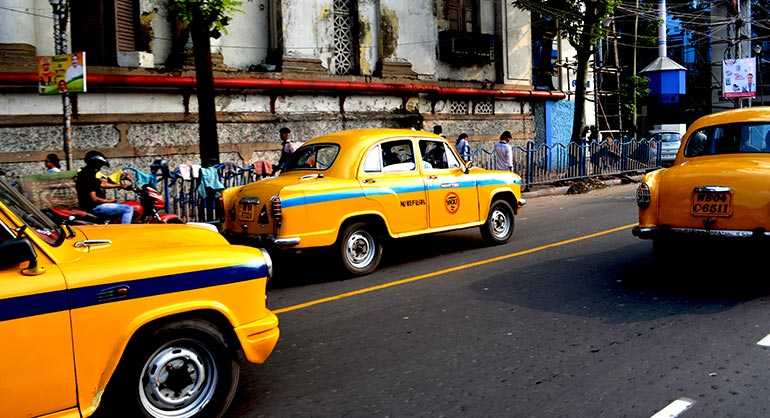Maharashtra is one of the largest and most populous states in India and is an exciting destination with an amazing contrast in landscape, monuments, culture and experiences. While its colourful festivals galvanize its millions into fervent motion, there exist lazy palm-fringed beaches, lofty cool-green mountains, UNESCO World Heritage Sites, impressive national parks and bustling cosmopolitan cities. This is an India which is equally vibrant, colourful and beautiful when compared to some of its well-trodden destinations, yet unexplored. There is more to Maharashtra than Mumbai, Nasik, Aurangabad, Pune, Akluj and Konkan offer a great mix of history, religion, culture, nature, food and wine. Yes wine !!

The pilgrim city of Nasik in Maharashtra is situated on the banks of River Godavari with more than a hundred ancient temples located in its vicinity. These temples commemorate the story of the ancient Hindu epic Ramayana and its chief protagonist Rama’s sojourn in Nasik. One can explore all that Nasik has to offer by taking some walking tours.

Aurangabad is on the tourist map, but very few visit this destination which was a place of great importance due to its location on the famous “Silk Route” that traversed across the breadth of Asia to reach Europe. Textiles, embroidered finery and various kinds of beads made in nearby Paithan were exported to the markets of Greece, Rome and Egypt. The Ajanta Caves in Aurangabad, a UNESCO World Heritage Site and whose history dates back to 2nd century BC is outstanding. It was around this time that the viharas (monasteries) were carved out of caves here and the stunning cave paintings made, to be lost and rediscovered in the early 19th century. Another highlight of Aurangabad are the Ellora Caves which are amongst the most splendid examples of rock architecture in India. The carvings in the Ellora Caves track the changing fortunes of three major religions Buddhism, Hinduism and Jainism between the 5th and the 10th century AD.

Pune gained prominence in the 17th century as a stronghold of the Maratha warrior King Shivaji and the Maratha Empire that he founded, which in its heydays stretched from Tamil Nadu in south India, to Peshawar (now in Pakistan) in the north, Bengal and Andaman Islands in the east. Its military significance didn’t end with the Marathas. The British Army built the Pune cantonment in 1817 which is now with the Indian Army and Khadakwasla, a mere 14 kms away, now houses the National Defence Academy (NDA), the Joint Services academy of the Indian Armed Forces. Despite its military legacy, Pune is also the cultural capital of Maharashtra.

Akluj is the new Wine Country of India where Fratelli Vineyards are located. About 240 acres of land owned by Fratelli Wines cultivates almost 12 different varieties of grapes, imported from France to produce one of the finest wines of India.

Konkan is a narrow coastal strip between the Western Ghat Hills and the Arabian Sea. It is another highlight of Maharashtra. The vast Konkan stretch abounds with scenic greenery. The local vegetation includes fruit-bearing trees like mango, betel-nut, banana, jackfruit and coconut. The beaches of Konkan are some of the widest and cleanest in India. Konkan is also known for its wonderful cuisine dominated by fish. Women here are known for their ability to cook the most delicious fare in a jiffy including excellent vegetarian dishes.

Another interesting thing that Maharashtra showcases is the Konkan Railway – a tribute to the unconquerable human spirit of Konkani people which made it possible to lay a railway track over the creeks of the Arabian Sea and the winding rivers, as well as drill tunnels into huge hillocks of the Sahayadri Range. Konkan Railway has in a way changed the lives of the people in the state by offering easy accessibility to the cities of Mumbai and Goa, thereby bringing prosperity into this region.





